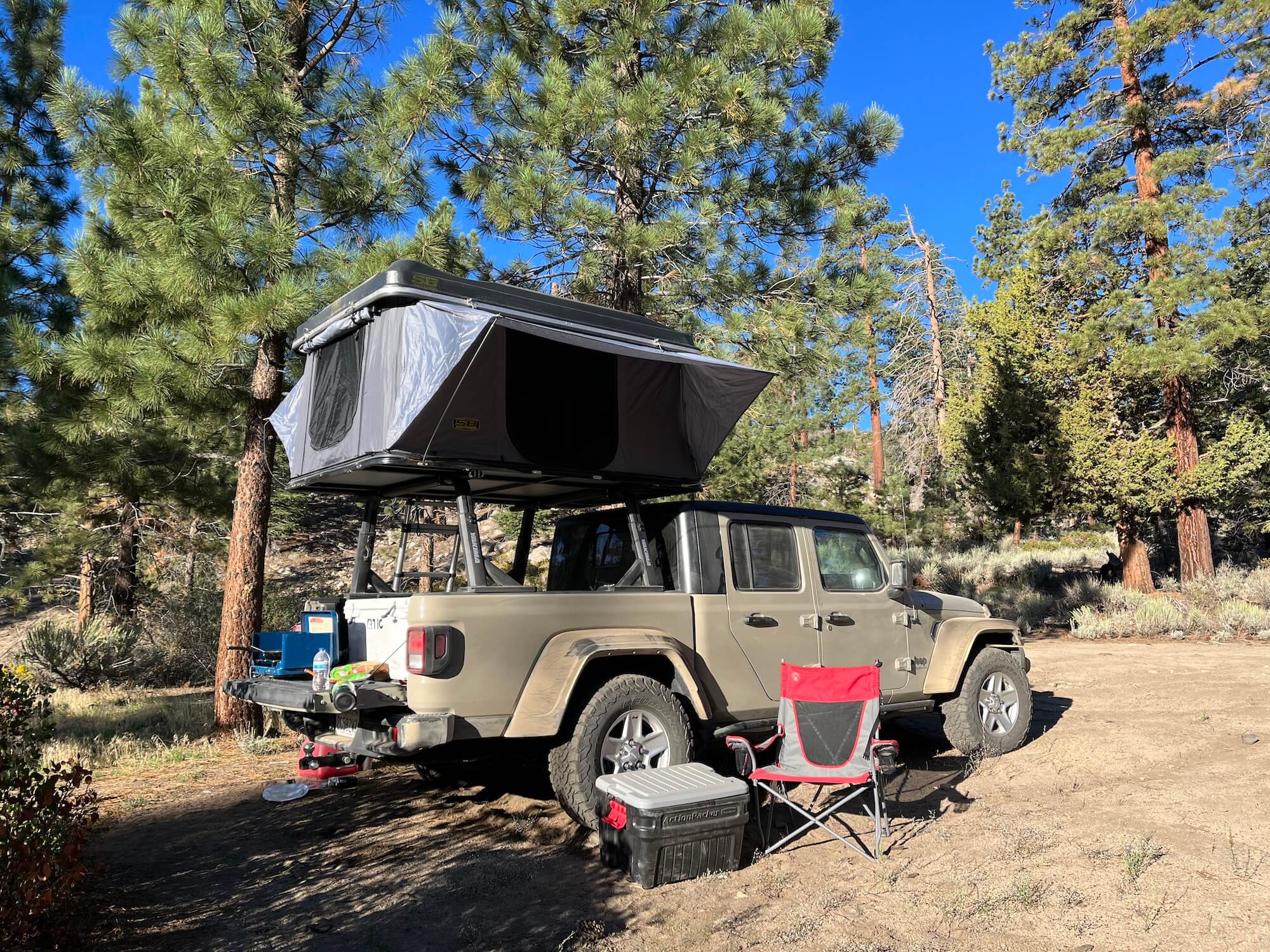
Best Affordable 4×4 Off-Road and Overlanding Campers
Photos: John Cappa
Camping off-road in your 4×4 was around long before the overlanding term was coined. Early on, many cool desolate locations, hunting spots and fishing holes required four-wheel drive to get to them, so there certainly wasn’t a hotel you could shack up in. You camped with what you could carry in your 4×4. Today, camping in a 4×4 has become incredibly common. There is an entire aftermarket line of products specifically dedicated to overlanding and camping in your 4×4. These products include more advanced and comfortable sleeping solutions than ever offered before. Follow along and we’ll walk through your camping options and help you choose which one makes sense for you. You may find that you need more than one to meet all your off-road camping and overlanding adventure needs.
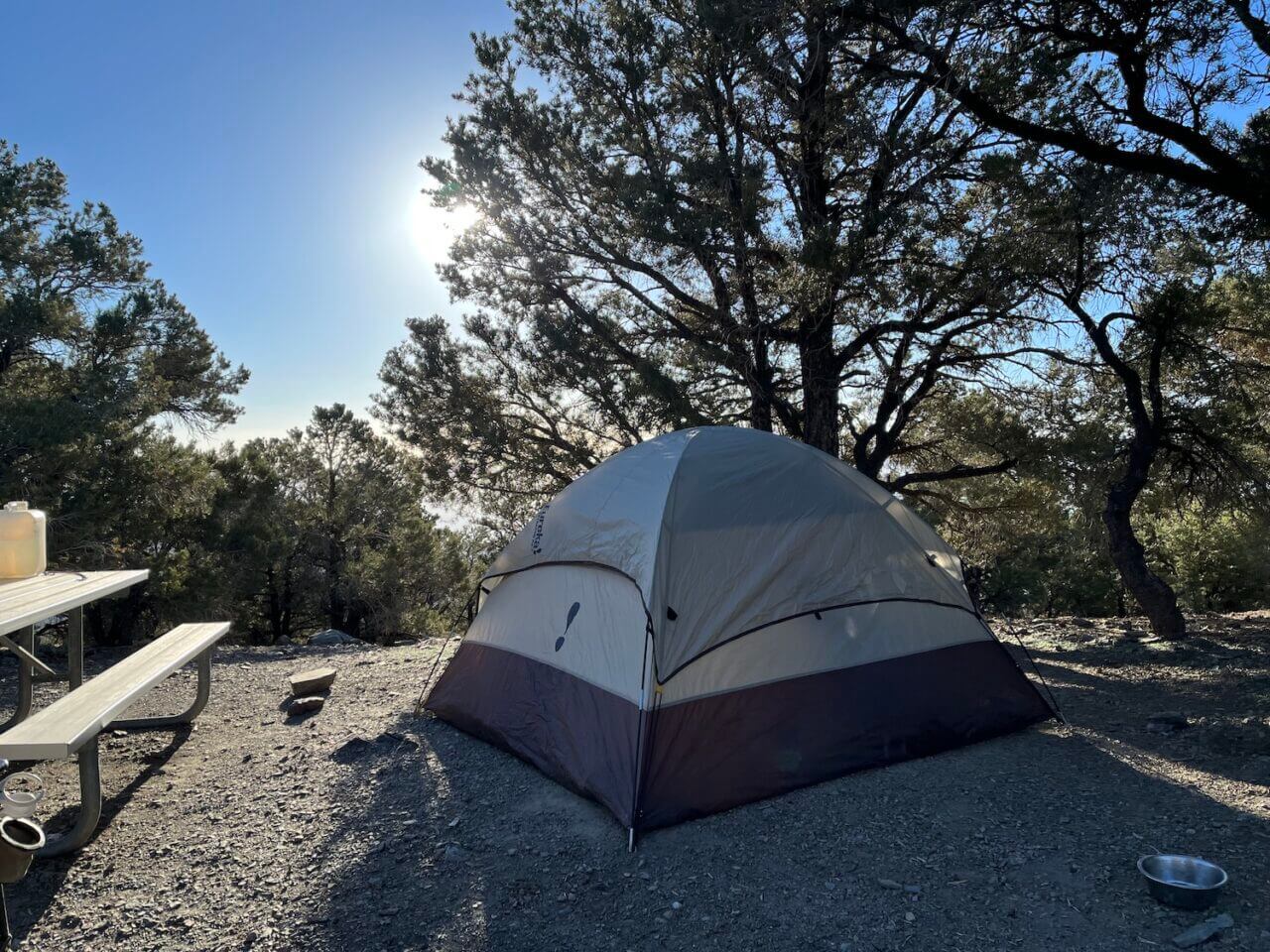
Off-Road and Overland Camping in a Tent
The first off-road camping for many of us was with a traditional ground tent, although some of us were perfectly happy curling up in a sleeping bag in the dirt around the campfire or in the open bed of a pickup truck. Ground tents come in many shapes and sizes and can be found for as little as 30 to 40 dollars, making them the least expensive 4×4 camping solution. A sandy level base is an ideal location for a ground tent, while gravel and cobblestones are generally a no go. Sharp objects such as rocks, sticks or cactus under the tent can puncture an air mattress so it’s best to lay down a tarp or other shielding before staking your tent. High winds, curious and cold critters looking for warmth as well as inclement weather can make tent camping an absolutely miserable experience. Setting up and taking down a tent typically ranks about as popular as going to the dentist, and the tent almost never fits back in the bag it originally came in. On the plus side, once you do get it packed and halfway dangling out of its bag, it takes up very little room and can fit behind the seat of most 4x4s.
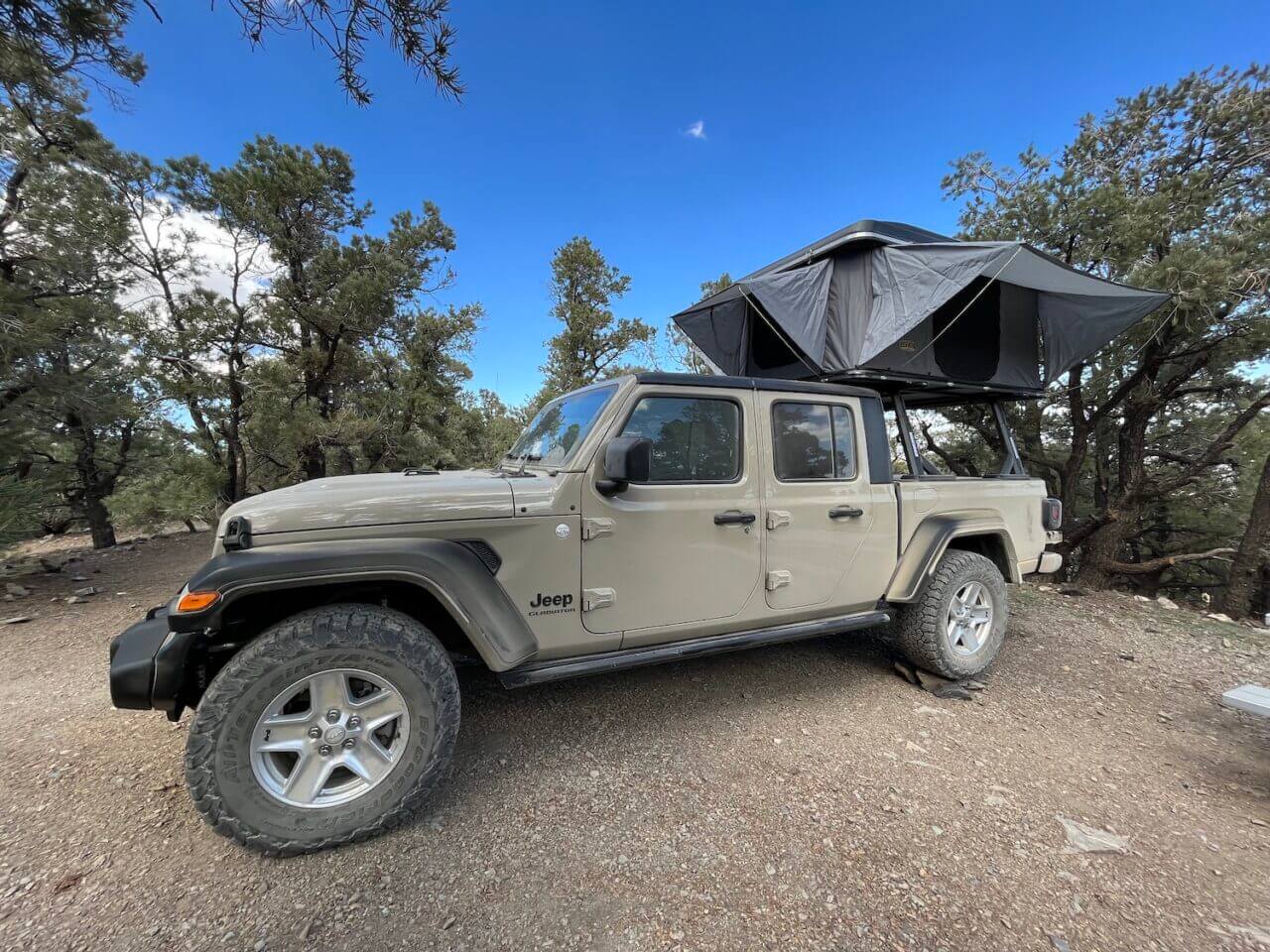
Off-Road and Overland Camping in a Rooftop Tent
The overlanding industry can absolutely take credit for making the rooftop tent popular here in the US. Graduating from a ground tent to a rooftop or pickup truck bed rack tent is a bigger deal than you might think. Setup and take down is easier, you stay drier in the rain and you’ll track less dirt into your bedding area with a rooftop tent. Rooftop tents can also survive much higher winds than a typical ground tent and they put you far up and away from meandering insects, snakes, vermin and other creatures looking for a good time. Soft shell rooftop tents are usually more difficult to set up and take down than their hard shell counterparts. The hard shell tents generally have a lower profile so they affect fuel economy on the highway less than a bulky soft shell rooftop tent. Many rooftop tents can be stowed away with your bedding in them, which provides more storage space inside your 4×4. Rooftop tents weigh around 100 to 125 pounds so they can make your 4×4 more top heavy, but in most cases the added weight is not noticeable. If you are overly clumsy or have extremely bad balance, climbing the ladder to a rooftop tent could result in a few bumps and bruises, but if you can use a traditional ladder, rooftop tent entry and exit shouldn’t be an issue.
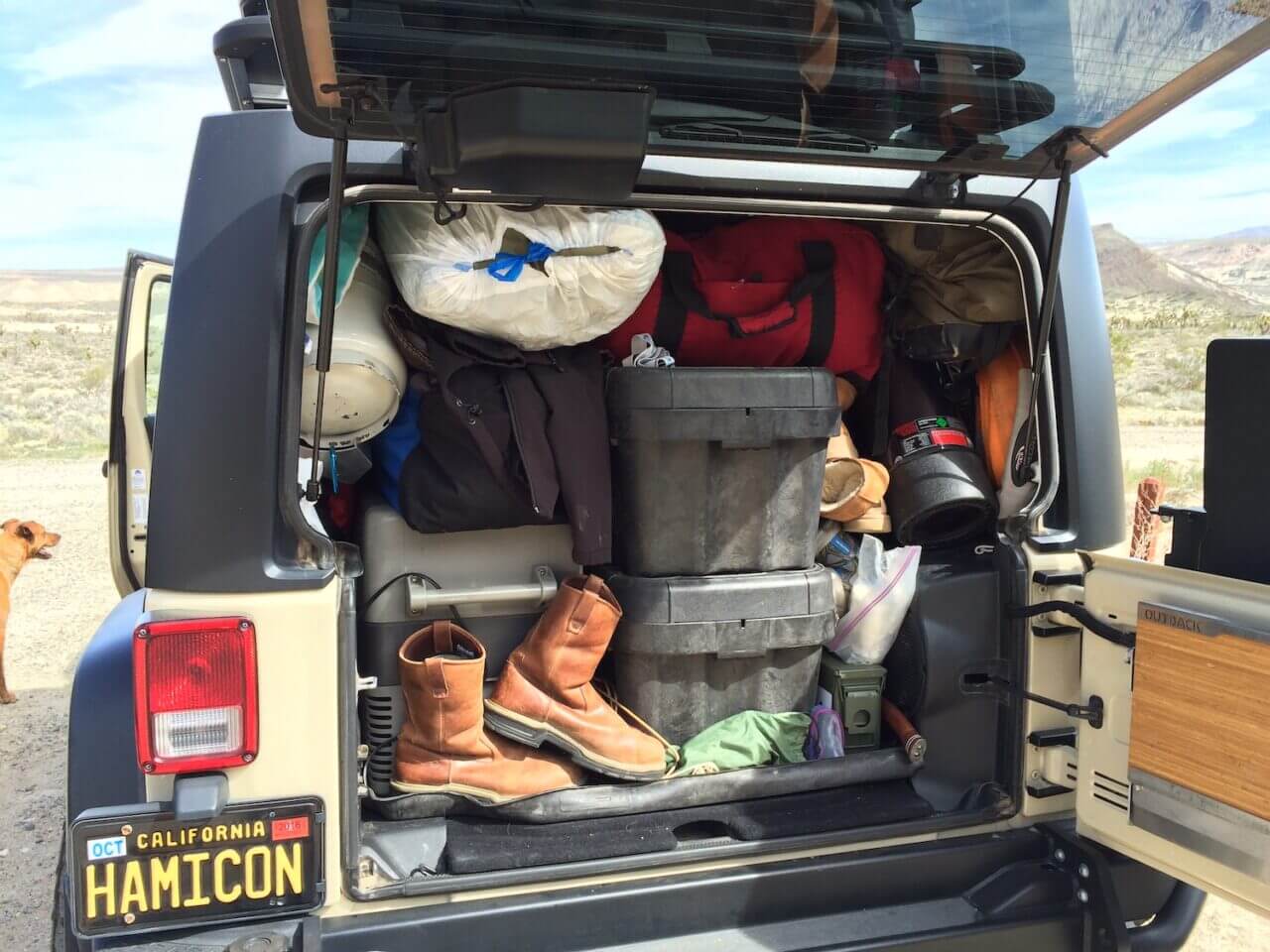
Off-Road and Overland Camping in a Van or SUV
Off-road and overland camping in the back of a 4×4 van or SUV has advantages and disadvantages. On the plus side you are absolutely protected from even the worst weather and outdoor creatures. On the negative side, you might have to completely unload your vehicle and put your stuff outside or move it to the front seats to set up your sleeping spot, which can be a tedious task each night. The back seats in some SUVs will conveniently fold flat for a perfect bed surface, while other seats may leave a lot to be desired when folded down. Vans of course offer more space so a camp gear shuffle wouldn’t be necessary before bedding down for the night. Most stock 4×4 vans won’t be as capable off-road as a comparable SUV, however there are some 4×4 conversion vans that can tackle very extreme trails just fine.
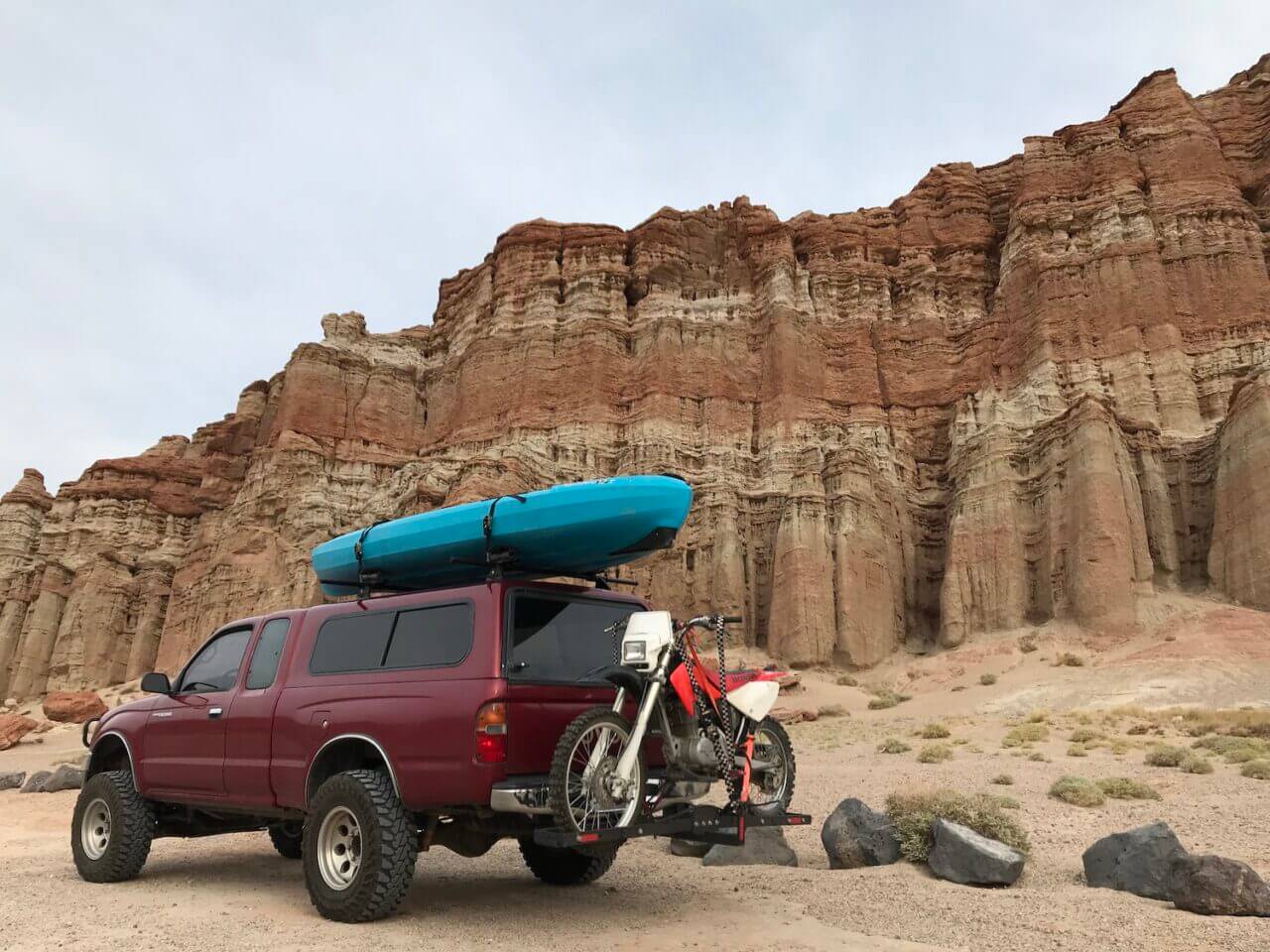
Off-Road and Overland Camping in a Pickup Camper Shell
Desert rats and woodsmen have been sleeping in the backs of pickup truck camper shells (also known as bed caps) since they were invented. They have a huge advantage of being extremely weather resistant and secure. High winds, rain, snow, critters or whatever generally aren’t an issue when sleeping in the bed of a pickup truck under a camper shell. Although, if you store a lot of your camping gear in your truck bed, you’ll have to remove it to set up your sleeping spot. Fortunately, there are aftermarket truck bed drawer systems that can be used to organize and store your gear, while also acting as a sleeping platform at the same time. This way you and your gear can stay out of the weather. Obviously, a camper shell can only be installed on a pickup truck and some rear visibility is sacrificed with the installation of a camper shell.
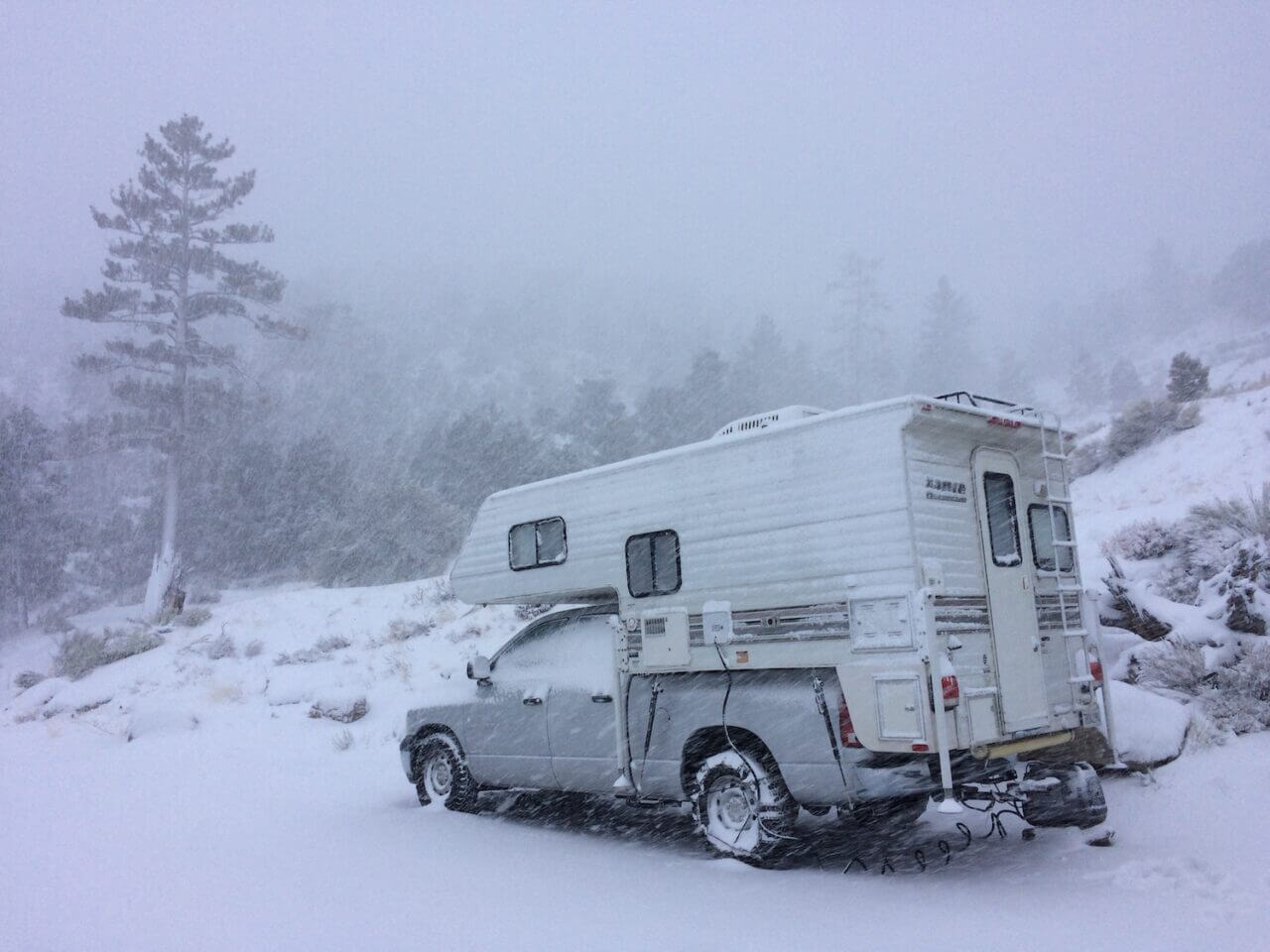
Off-Road and Overland Camping in a Slide-In Truck Camper
There are two basic versions of slide-in pickup truck bed campers. The pop-up campers are lighter and more off-road friendly, while the hard-sided slide-in campers usually feature more creature comforts. If you are planning on hitting trails that are more difficult than smooth graded dirt roads, you’ll want to forgo the extra creature comforts and stick with a pop-up camper or small hard-sided camper. Although, large hard-side campers are certainly more off-road friendly than a typical RV. Hard-side campers are better for colder weather than pop-up campers and they can be had with more amenities such as a built-in generator, roof A/C and a wet bathroom with a shower, sink and toilet. The weight, height and basic design make large hard-sided slide-in campers less trail friendly overall. Pop-up campers are more compact, lighter and have a lower profile that helps with trail clearance and on-road MPG. They can be had with cartridge toilets, but they usually do not have separate bathrooms inside. Both pop-up and hard-sided slide-in truck bed campers reduce rear visibility, but many have comfortable queen-sized beds, convertible dining areas, electricity, refrigerators, running hot and cold water, kitchen sinks, propane cooking stove tops and furnaces for keeping warm in winter. Unlike an RV or trailer, a slide-in camper does not require additional registration fees and once you are back home you can remove a slide-in camper allowing full use of your pickup truck bed.
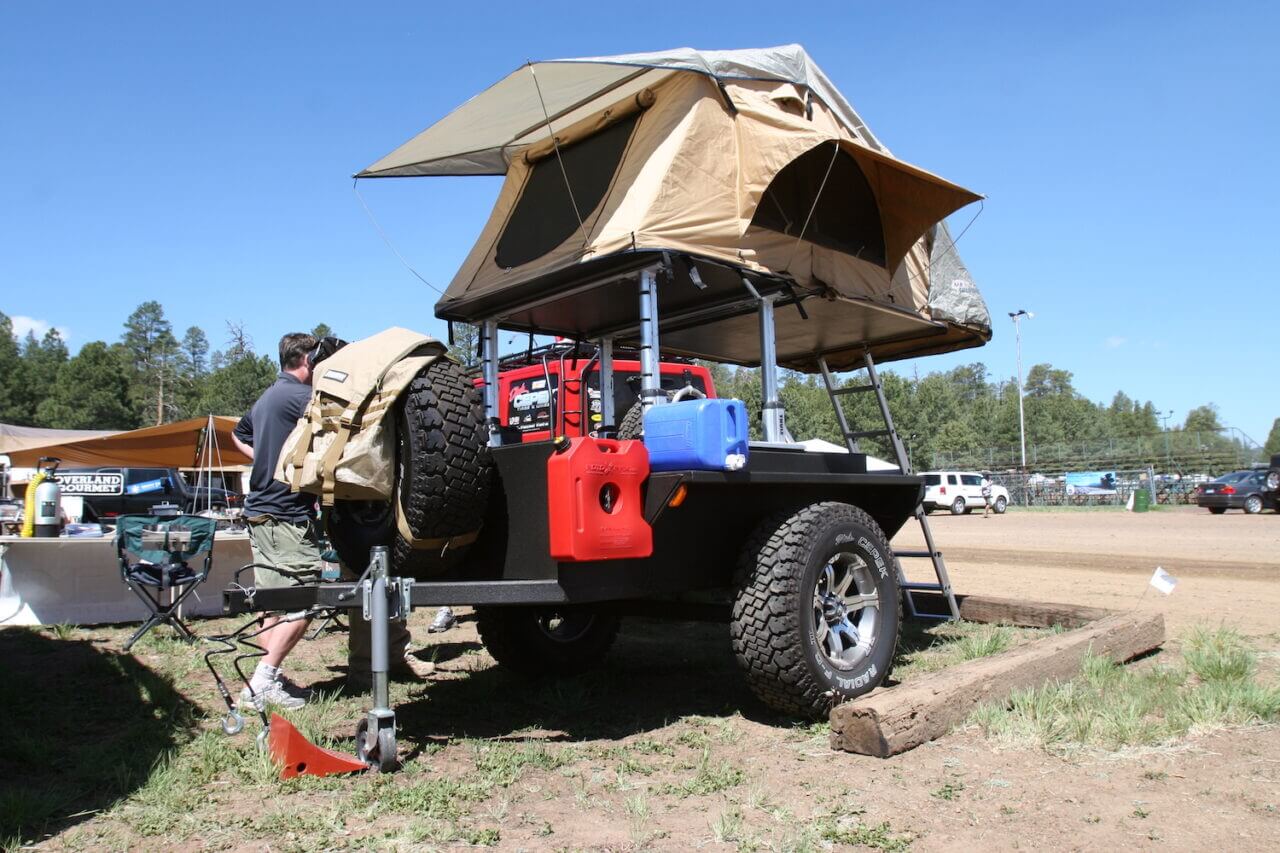
Off-Road and Overland Camping in a Trailer
Off-road worthy camp trailers are available in a variety of sizes. Some are little more than small utility trailers with a rooftop tent, while others feature more lavish accommodations that rival a modern RV. Towing a trailer can be tricky off-road, especially in tight wooded areas and technical terrain. Backing down slippery hills can become an impossible task regardless of the trailer size. For more advanced trails you’ll likely want to stick to smaller trailers, while larger trailers can easily make trips on smooth graded dirt roads. Because of limited maneuverability and visibility, you might want to consider two spare trailer tires depending on how far off the beaten path you travel. Off-road friendly trailer hitches can be noisy. You’ll generally feel the trailer clunking over nearly every bump on the trail. When not in use you’ll have to store your trailer in a garage, driveway, side yard or rented storage facility. In most states you’ll also have to pay annual registration fees.






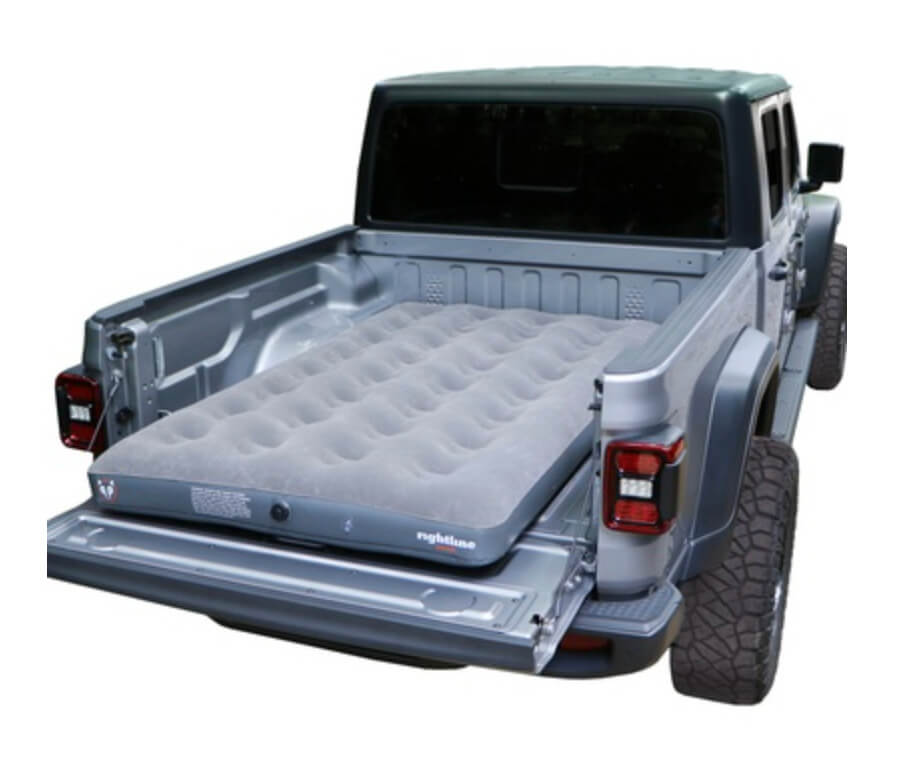





2